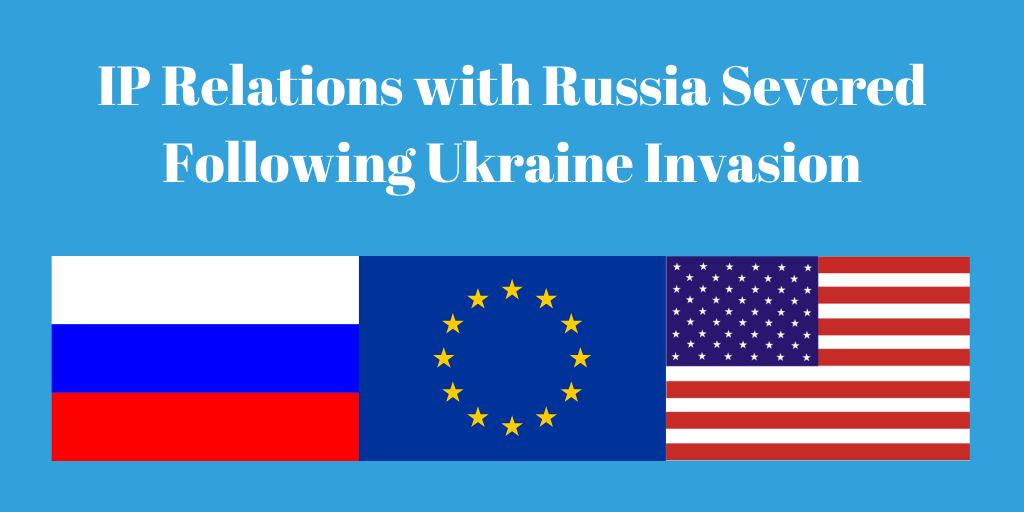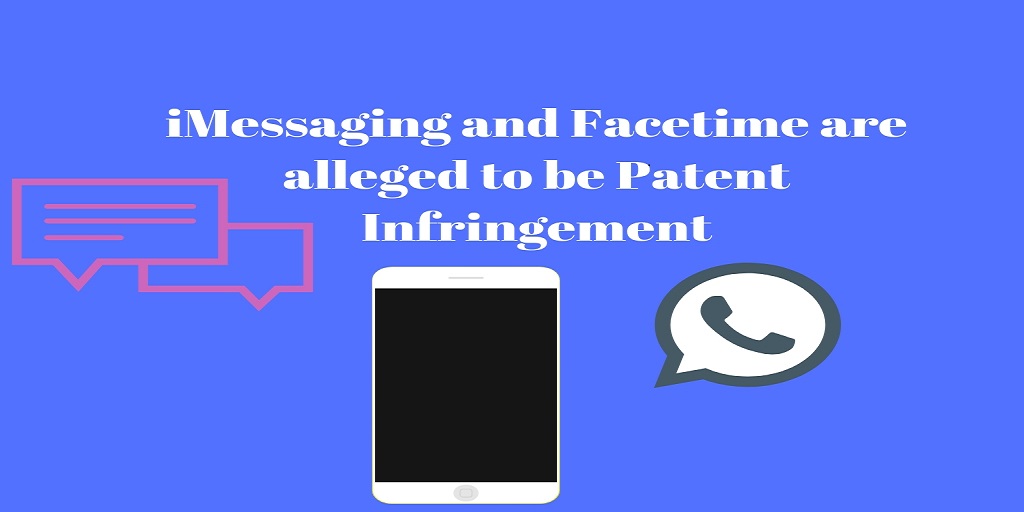“Patent Trolls” Search for Falsely Marked Products
What a corporation should know about intellectual property law…
It is now in vogue for the new breed of “patent troll” to sue corporations in the US Federal Courts on behalf of the government for falsely marking unpatented products with patent registration numbers.
Corporations need to be able to identify and protect their intellectual property. However, corporate “Intellectual Property Management” and exploitation isn’t always that simple. A corporate “IP Committee” should have a good understanding of the law concerning patent marking. Falsely marking a product can expose a corporation to substantial damage claims under 35 U.S.C. § 292 and not marking a patented product at all, may limit the ability of a patent holder to recover damages for infringement under 35 U.S.C. § 287(a).
Section 292 of the Patent Act prohibits:
- Counterfeit marking: marking a product with a patent number without the patent owner’s permission
- False patent marking: marking a product with a patent number on an unpatented article, or the use of “patent applied for” or “patent pending” when no patent application is actually pending for the product
The statute allows any private citizen to bring a qui tam action on the government’s behalf against an entity that falsely marks unpatented products. A court can levy a fine for up to $500 for every product that is falsely marked. The final award is split evenly between the government and the plaintiff that brought suit.
The Court of Appeals Two-step Test (Clontech Laboratories, Inc. v. Invitrogen Corp.)
To determine whether the false patent marking statute has been violated evidence must show:
- That patent’s claims do not cover the falsely marked product; and
- The mismarking was done with intent to deceive the public.
Over the last few years, the false marking statute has gained popularity as private patent lawyers have brought false marking claims against corporations who have marked products with expired patent numbers. Patent counsel should advise their clients to examine their patent marking practices because the new patent marking trolls are searching for falsely marked products as a basis to file a lawsuit.
Plaintiffs are seeking literally billions of dollars in penalties. How many cups does the Solo Cup Company manufacture and sell? What about the Crayola Crayon Company? How much would the fine be, if a $500 fine was levied for every cup or box of crayons sold by these companies?
In 2007 a Washington patent attorney brought suit against Solo Cup Co. In Pequignot v. Solo Cup Co., 540 F. Supp. 2d 649 (E.D. Va. 2008) Pequignot alleged that Solo Cup was manufacturing and selling millions of cups, lids, plates, bowls, and utensils with expired patent numbers.
Recently HEATHCOTE HOLDINGS CORP, INC filed a complaint (.PDF) claiming false patent marking against CRAYOLA LLC in the United States District Court in the Northern District of Illinois. Amount Demanded:$9,999,000.00
On December 28, 2009, the Federal Circuit held in the case of Forest Group, Inc. v. Bon Tool Co., No. 2009-1044, that the plain language of the false patent marking statute, requires courts to impose penalties for false patent marking on a “per article” basis.
Prior to this Federal Circuit decision, many district courts had interpreted the false marking statute to impose a single fine or penalty for each “decision” to falsely mark products, irrespective of the number of articles manufactured. As a result, now each falsely marked item may represent a $500 fine.
The court did rule however that “in the case of inexpensive mass-produced articles, a court has the discretion to determine that a fraction of a penny per article is a proper penalty” and that district courts have the discretion to strike a balance between encouraging enforcement of an important public policy and imposing disproportionately large penalties for products produced in large quantities.
Bottom Line: Properly Mark Patented Products
- Mark patented products with the proper patent registration number so as to give notice and preserve infringement damages.
- Be aware of when the patent registration expires and stop marking products at the end of the patent term.
- Don’t mark products with patent numbers unless the patent claims cover the product.
Related posts:
“Patent Marking Police” Looking for the Big Jackpot
“Patent Reform Act of 2010” and False Marking Rule Change





February 20, 2010 @ 3:00 pm
Another qui tam action was filed this week by the Patent Compliance Group against Vivendi’s Activision Publishing division, the maker of “Guitar Hero,” “Band Hero,” “DJ Hero” and others, claiming the games are being improperly advertised as patented or patent-pending. The complaint says. “Acts of false marketing deter innovation and stifle competition in the marketplace.”
February 20, 2010 @ 3:08 pm
Yes, I saw that. I think we will see more of this in the future. This is a case of a corporate entity keeping tabs on the competition. Here is a link to the filed complaint: https://reporter.blogs.com/files/gov.uscourts.txnd.193684.1.0.pdf